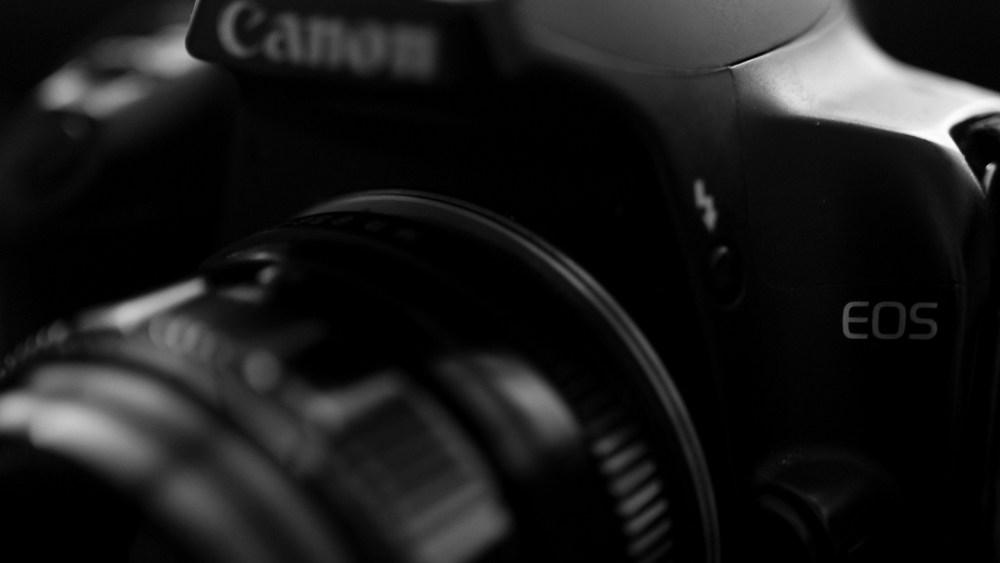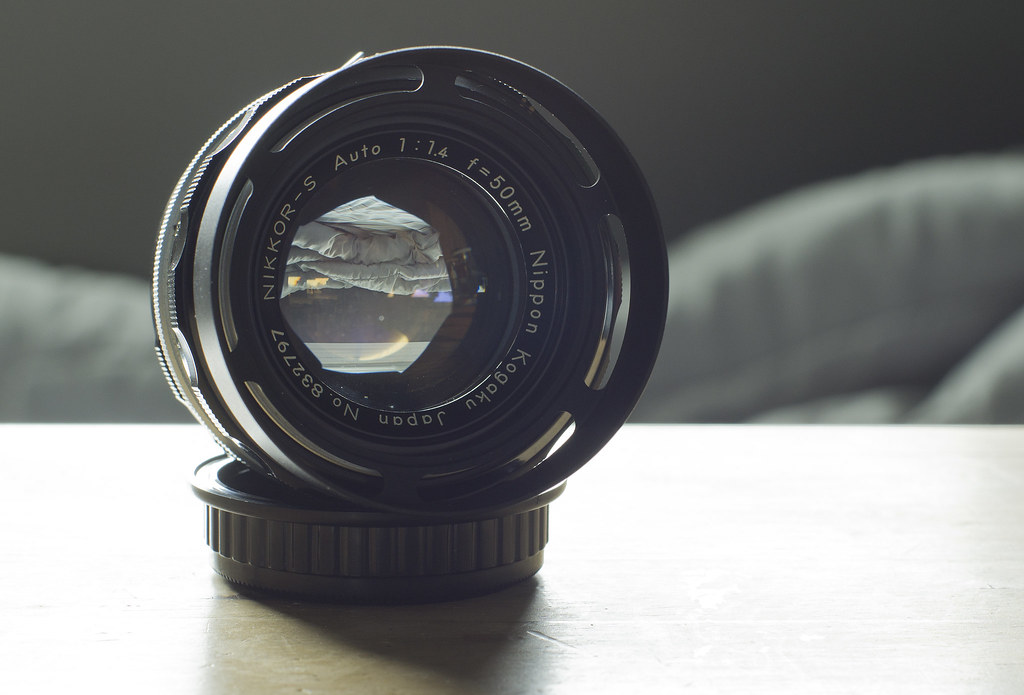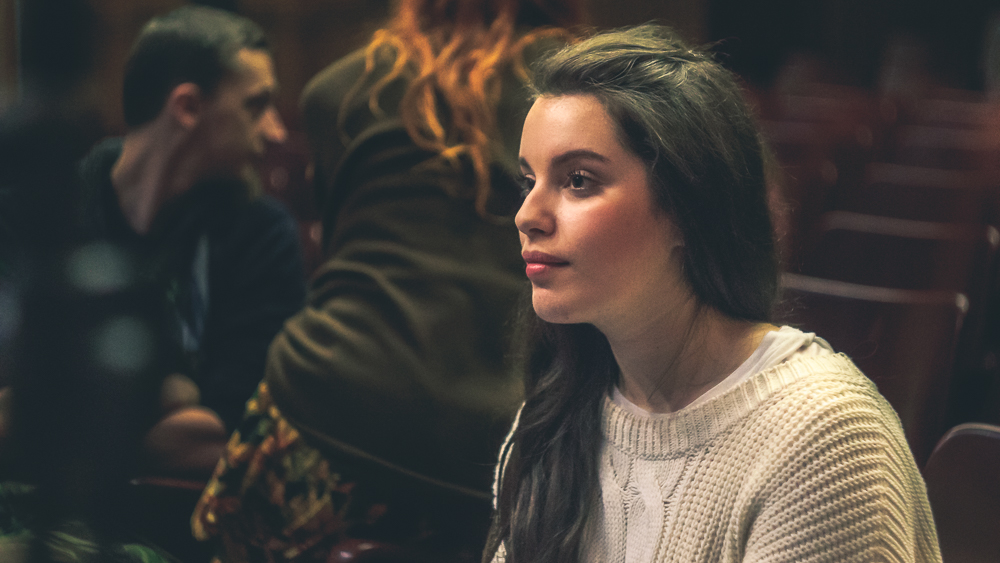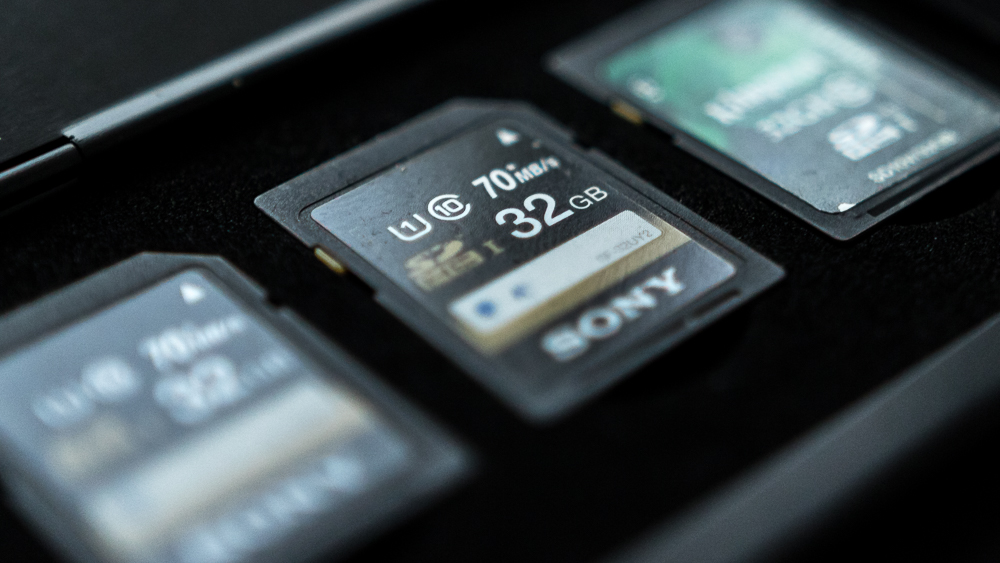There is a common misconception that learning DSLR photography, and taking great shots, always requires gear that costs thousands and thousands of dollars. Yes, photography can get expensive. No smartphone will give you the control and quality that a DSLR can put out, nor the options. But it also doesn't have to be particularly expensive. The big secret in the photography gear world is that for most situations even the lowest grade (entry level) DSLRs that are a couple of years old are still excellent. They allow for great photos and versatility. And the good news is that a very good collection of gear can be had for under $300.
Let's look at what we can get for that type of price.
What Camera Body Should You Buy?
Basically, for a camera body in 2016, you’ll want something that doesn't have less than 10 megapixels, has at least an APS-C (crop) sensor, and works with regular and vintage lenses. Some cameras do not allow for the shutter to be released if there isn’t a lens attached, a lens with electronic contacts that is. I’m saying this because we will dive into vintage lenses, third party lenses, and older lenses as well.
One camera that has served me well for years (and still does, with more than 200k shutter actuations), and which has taken more beating than I have, would be the Canon EOS 1000D. Make no mistake, this is an entry level camera. It is old, but it features a 10 megapixel sensor, which (for a camera of that grade) offers a picture that is quite clean – the noise looks much more like grain than actual noise. This is due to the fact that there is a really low amount of chromatic noise and most of it is actually luminance, which is quite an interesting phenomenon. You can pick one up on eBay for around 100$, with a stabilized kit lens.
Following this example, you can adjust the grade of the camera according to your budget. You can even go for a full frame camera, something like the Canon 5D which will set you back around 200-250$ (body only). Of course, the 5D was the pro grade camera of its time.

Why two Canon bodies, but no Nikons? What you should be aware of with Nikon is that when it comes to vintage lenses they most often don’t talk to the Nikon camera body electronically. Many of the older Nikon bodies won’t let you fire the shutter with vintage lenses, others will, but only in full manual mode, without any electronic metering available. Canon lets you shoot in Manual, Av, Tv, or any other mode you can think of, with full electronic metering. This is a real issue that you should be aware of when buying older camera bodies. Other brands should also be researched for this if you are considering them.
What Cheap Lenses Should You Buy?
Obviously, no camera body will do you any good if there isn’t a lens attached to it. Now, the matter of which lens you should buy first will depend a whole lot on what you are going to photograph. Of course, the lens is the biggest factor in your image quality. Even the best sensor in the market won’t take a great photo if you have bad lens.
Lenses have one good thing in common – no matter how old the lens is, if the optical formula is good, it will provide great results even after decades! Old lenses CAN be great lenses and the great news is that they can also be quite cheap.
 Photo by nestor panelo
Photo by nestor panelo
Personally, I went for the vintage lens approach when I was starting out. Not that it is a must, but I already had lenses available, and some of them can be easily bought at the flea markets in my country.
However, there is one lens that is unbeatable when it comes to bang for buck – the nifty fifty. We are talking about the 50mm f/1.8 (both Canon and Nikon make a nifty fifty). You can pick up the old nifty fifty used for 30-40$, and a new one for around $80 to $120. It is a cheap lens so don’t expect excellent build quality. However, it is great optically, and that is what matters the most.

Additionally, on the vintage lens side, you can pick up quite a lot of lenses for less than $20 since they are commonly available. However, before you do, make sure that it works optically on a DSLR. The only thing that you need to keep in mind is the flange focal distance. You can find it for almost any lens, and if it is lower than 44mm you won’t have infinity focus with the lens. Basically, most of the Helios, Jupiter and similar Russian brands are quite good.
Cheap Photography Accessories
While the body and lens are strictly all you need, depending on which ones you got, you might have a bit of money left over in your $300 budget. So let's look at a few accessories that you might want to consider.
Tripod
On the tripod side, I’d advise you to get the cheapest one that you feel comfortable putting your camera on. If it feels stable, if the head of the tripod does the job you need it to do, go for it. Hoya makes great cheap tripods. They will be squeaky, you’ll hear stuff rattling, but so far, they haven’t failed me. Even though nowadays they just hold my reflectors, but still, they stand well and they do their job.
There is no need to pay $300 for a tripod when your gear costs half that amount.
Additionally, you don’t need a tripod that is 2 meters high. They will be unstable and you'll basically never use one at that height. The height you use will mostly be knee level and above the waist level. A height of around 1.3 – 1.5 meters (maximum) is more than enough. A nice bonus is the ability to shoot top down.
SD Cards
Even though they aren’t expensive to begin with, one or two 16GB cards will do just fine. The cameras you'll be using don’t benefit much from extremely fast cards, therefore a regular class 10 SD card is just fine.
Nowadays you can also get 32GB cards for less than 10$ that are capable of recording HD video (meaning they can write more than 20MB per second). Just make sure that the card is from one of the major manufacturers (SanDisk, Lexar, Transcend, and Kingston) and that it is not a knockoff. For the safest bet, go to the nearest camera store and purchase it from there, don’t do EBay on this one (too much potential for purchasing fraudulently labelled cards). When you take it home, test the speed and capacity with tools like h2testw or similar.

Batteries
If you feel like 6 to 8 hundred shots per charge isn’t cutting it for you, you can always purchase a spare battery. Obviously, Original batteries will be more expensive while third party batteries will be cheaper.
To be sure that the third party battery is of decent quality, check camera store websites (like B&H) for third party batteries, and see which brands are sold the most. You might find batteries with higher capacity compared to the original one and those are cool too, but don’t expect proportional increases in performance.
Your battery meter on the camera might not be accurate with third party batteries as well. Even on a full charge (and when they last longer than the original) the third party batteries I have for the 1000D constantly show only 1 dot from maximum of 3 on the battery indicator, so basically you never know how much juice is left in the batteries until they are depleted.
Remote Controls
You might want to get your hands on a remote control for your camera. There are many options and frankly almost all of them are good enough. The deal is, the circuitry is quite simple so you can even make one for yourself, or just buy the one you feel comfortable with (if it has intervalometer included it’s even better). For older cameras, wired remote controls might be the only option. Make sure you check before you buy one.
Summary
The cheapest used DSLR will always outperform your smartphone camera technically. Even if the resolution is lower, the sensor will always be bigger and the sharpness and quality of the picture will be better. Of course, you’ll have RAW files to work with (RAW files on smartphones are nowhere near RAW files on DSLR cameras in quality), which means you’ll have better dynamic range, better noise performance, and the ability to change lenses. A DSLR camera does just that – it takes photos; it is a dedicated system with all the technology (no matter how outdated) purposefully engineered to do that.
Getting an entry level used DSLR will be a great starting point for you, because you can learn, create, and express yourself quite easily with such a tool in your hand. Be smart about it, do your research, look at sample shots, ask photographers, ask us; whenever you aren’t sure about something seek advice from somebody who knows their job. You’ll save loads of money that way and you won’t lose anything.





4 Comments
If you’re into vintage lenses go for Pentax DSLR body over Canon. More old lenses, more features for your dollar, in body stabilisation which Canon doesn’t do and many Pentax DSLRs are weather sealed at a price point that neither Canon or Nikon are
Nikon lenses go back much further than Canon lenses. In the 1970s, I had a 35mm Canon SLR outfit and none of the FD lenses fit anything (without an adapter). If I’d bought a Nikon F outfit instead, the lenses would still fit today’s Nikon DSLRs.
Fantastic article. If you could get good pictures with a camera say 10 years ago then they will still do the same job today.
I have a Canon 5D Classic and love it. Still takes great pictures.
Can you suggest some vintage lenses which a entry level photographer should pick up?
You have just given manufactures of the lenses.
Thanks,
Arjun